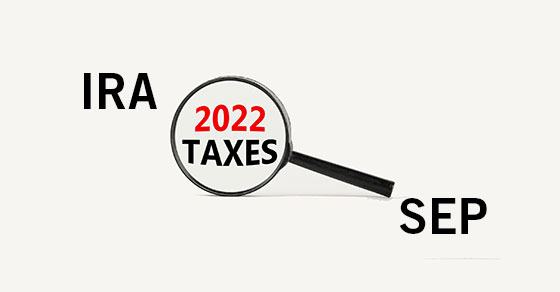Did you make large gifts to your children, grandchildren or other heirs last year? If so, it’s important to determine whether you’re required to file a 2022 gift tax return. And in some cases, even if it’s not required to file one, you may want to do so anyway.
Filing requirements
The annual gift tax exclusion has increased in 2023 to $17,000 but was $16,000 for 2022. Generally, you must file a gift tax return for 2022 if, during the tax year, you made gifts:
- That exceeded the $16,000-per-recipient gift tax annual exclusion for 2022 (other than to your U.S. citizen spouse),
- That you wish to split with your spouse to take advantage of your combined $32,000 annual exclusion for 2022,
- That exceeded the $164,000 annual exclusion in 2022 for gifts to a noncitizen spouse,
- To a Section 529 college savings plan and wish to accelerate up to five years’ worth of annual exclusions ($80,000) into 2022,
- Of future interests — such as remainder interests in a trust — regardless of the amount, or
- Of jointly held or community property.
Keep in mind that you’ll owe gift tax only to the extent that an exclusion doesn’t apply and you’ve used up your lifetime gift and estate tax exemption ($12.06 million in 2022). As you can see, some transfers require a return even if you don’t owe tax.
You might want to file anyway
No gift tax return is required if your gifts for 2022 consisted solely of gifts that are tax-free because they qualify as:
- Annual exclusion gifts,
- Present interest gifts to a U.S. citizen spouse,
- Educational or medical expenses paid directly to a school or health care provider, or
- Political or charitable contributions.
But if you transferred hard-to-value property, such as artwork or interests in a family-owned business, you should consider filing a gift tax return even if you’re not required to. Adequate disclosure of the transfer in a return triggers the statute of limitations, generally preventing the IRS from challenging your valuation more than three years after you file.
The deadline is April 18
The gift tax return deadline is the same as the income tax filing deadline. For 2022 returns, it’s April 18, 2023 — or October 16, 2023, if you file for an extension. But keep in mind that, if you owe gift tax, the payment deadline is April 18, regardless of whether you file for an extension. If you’re not sure whether you must (or should) file a 2022 gift tax return, contact us.
© 2023






